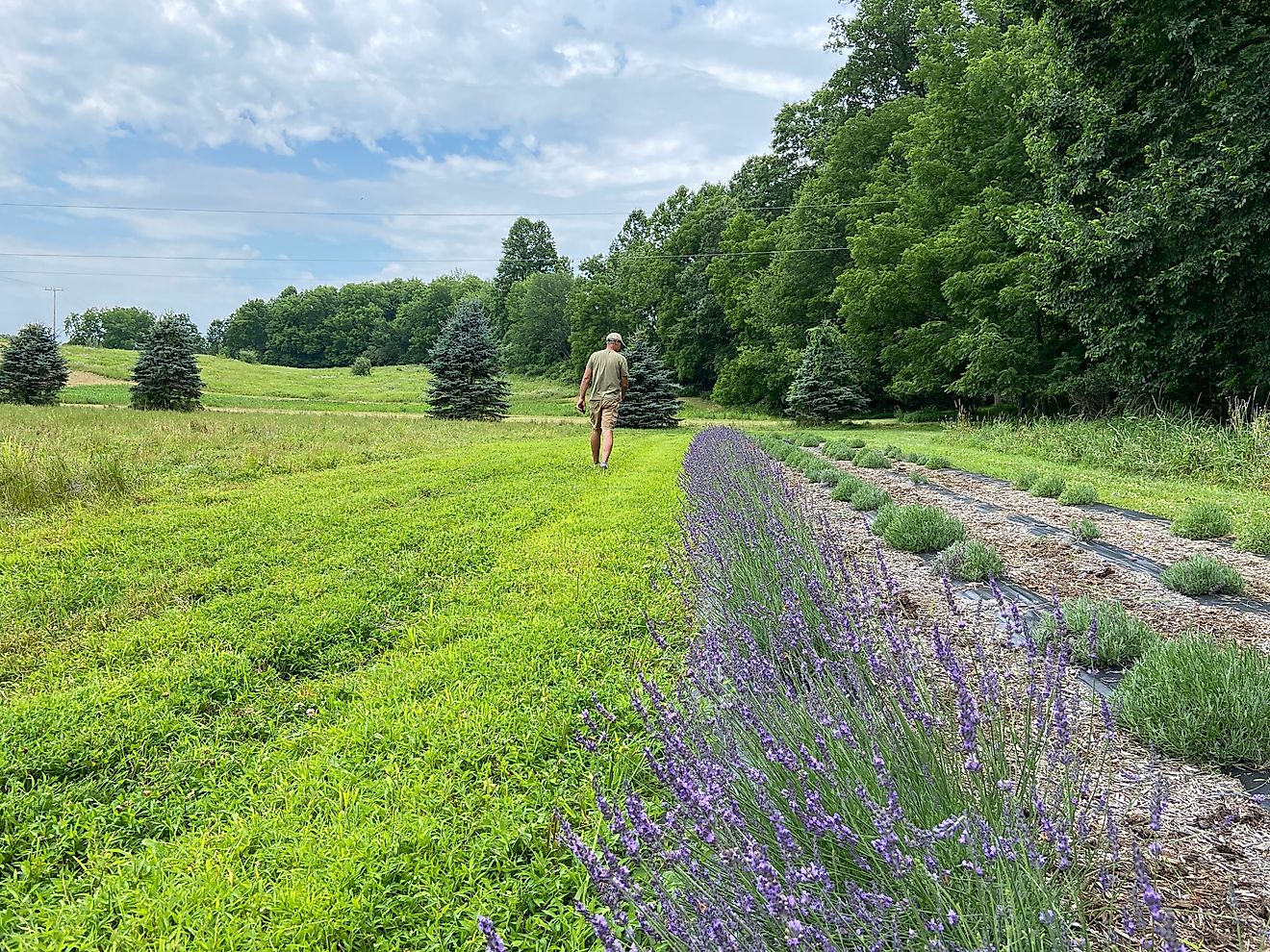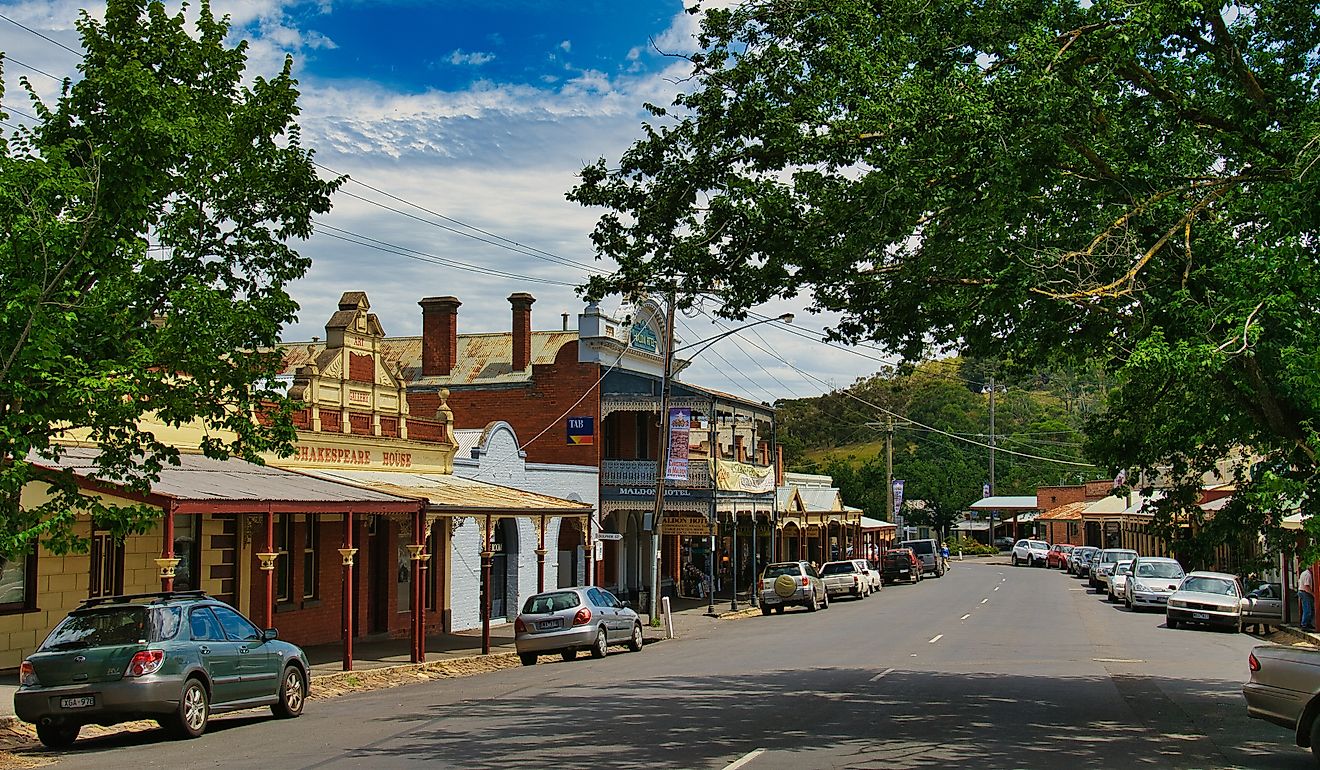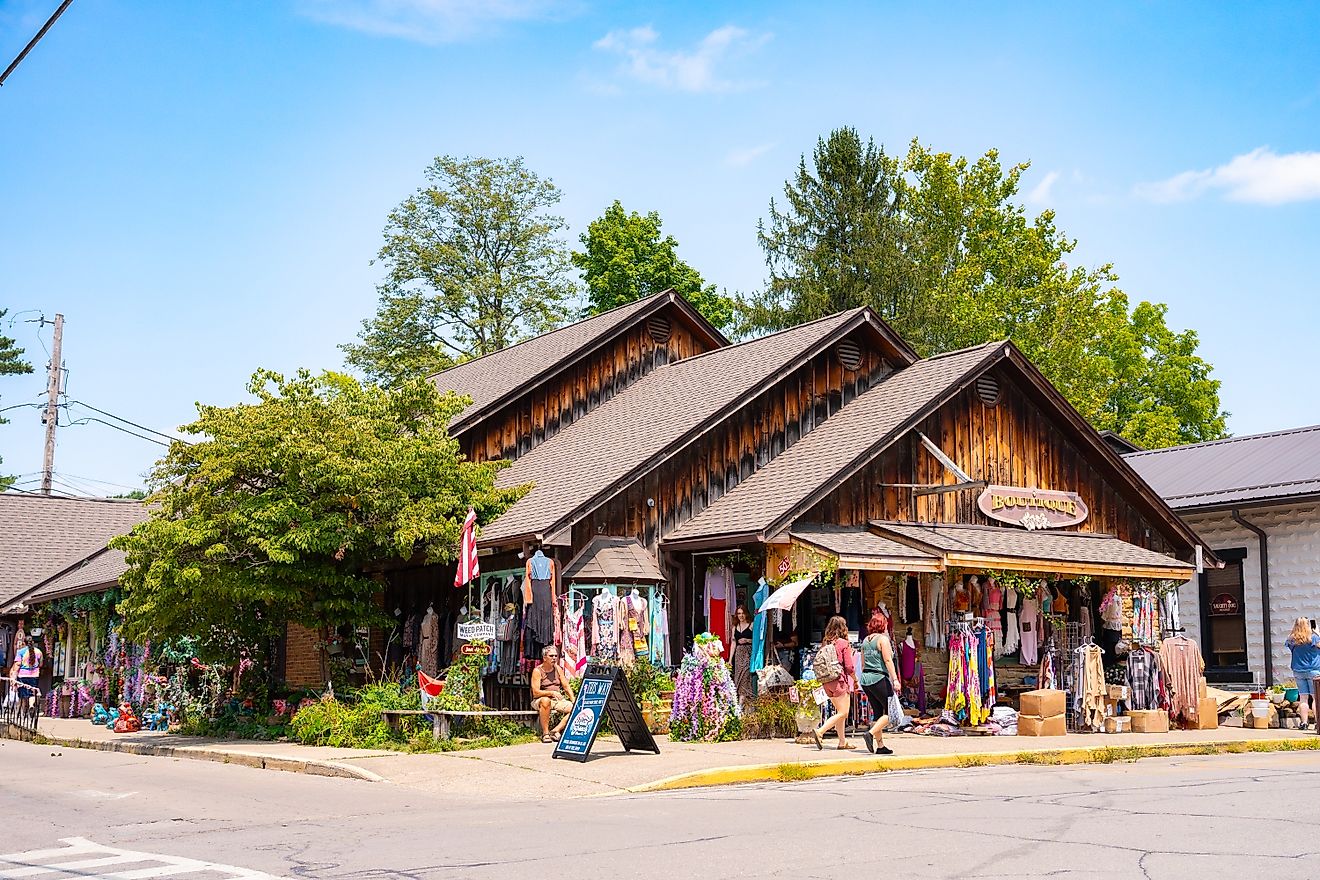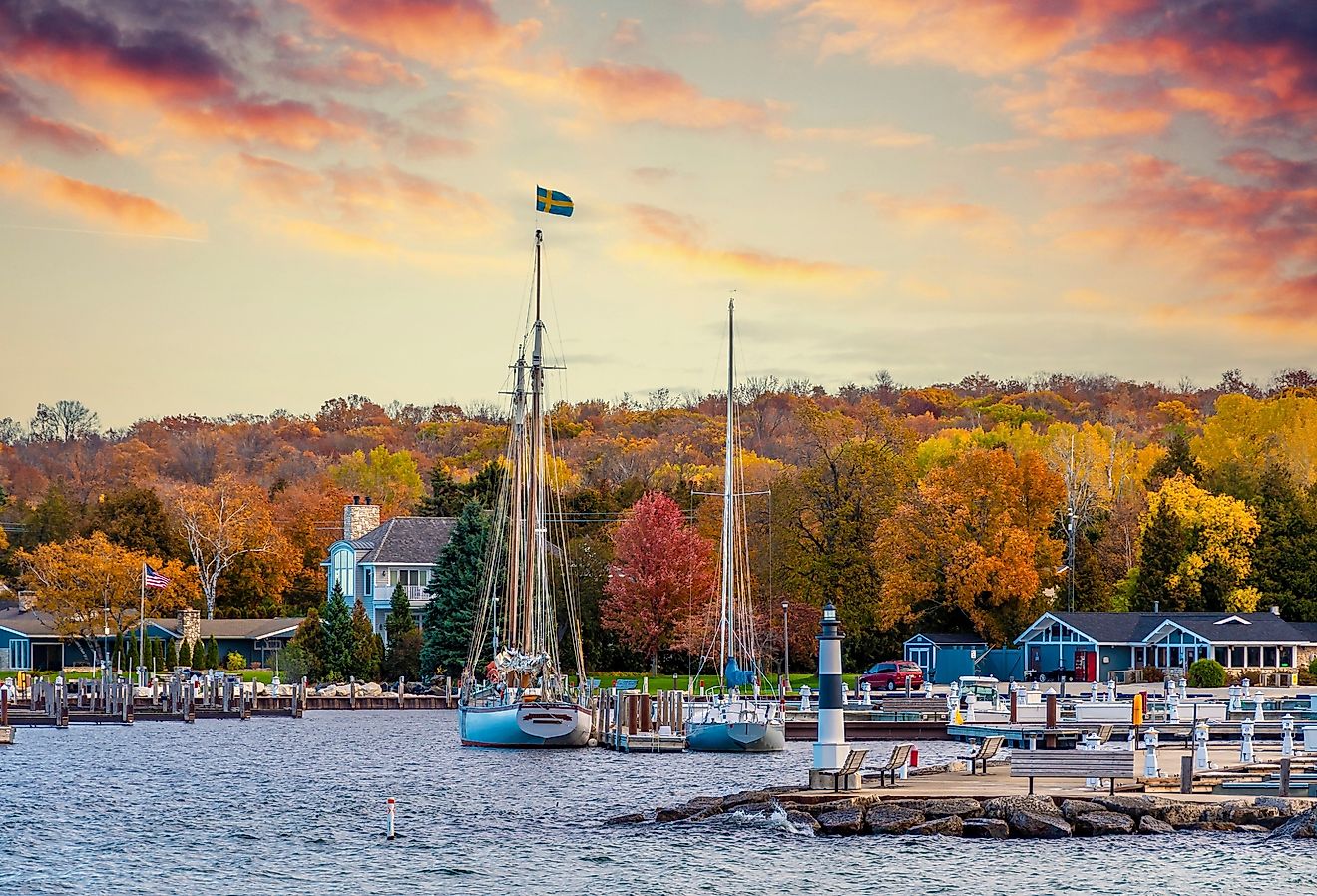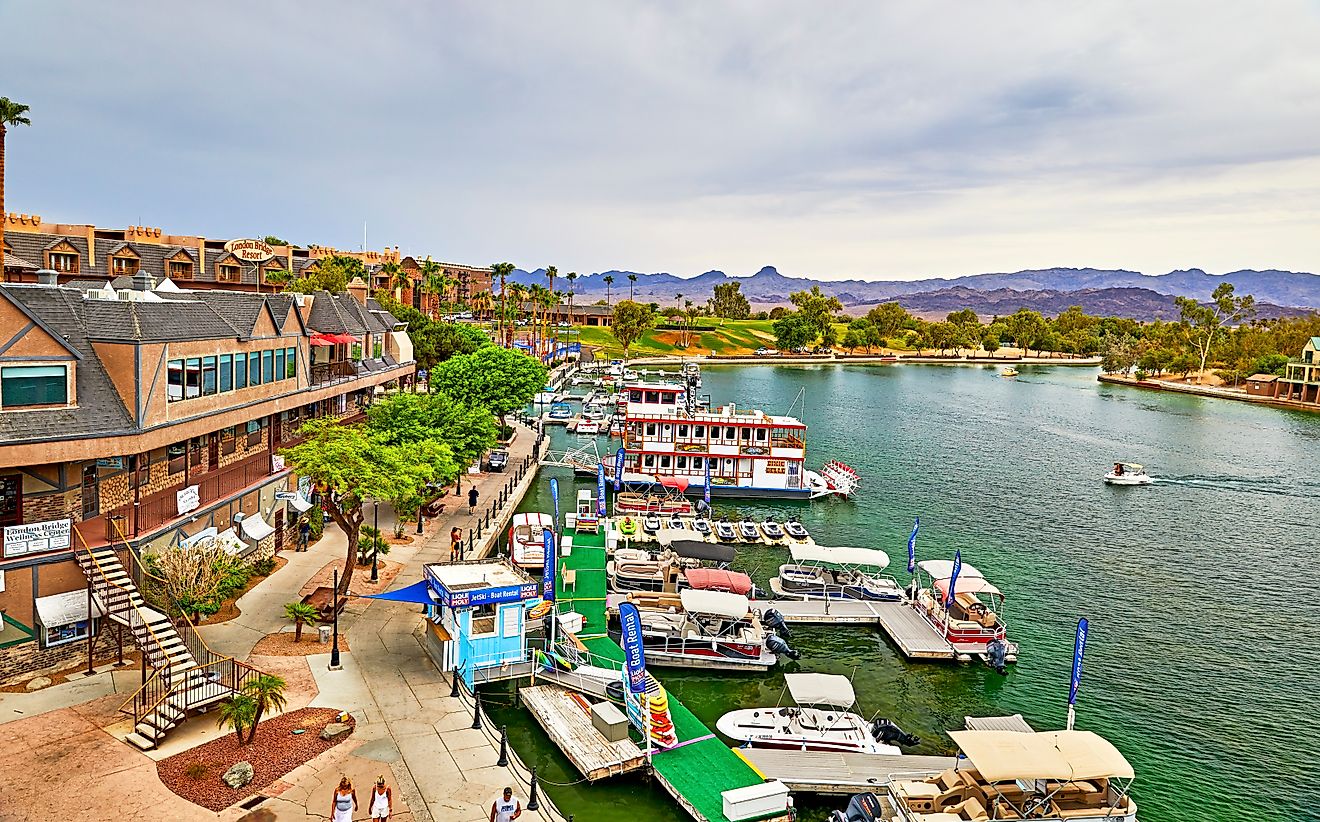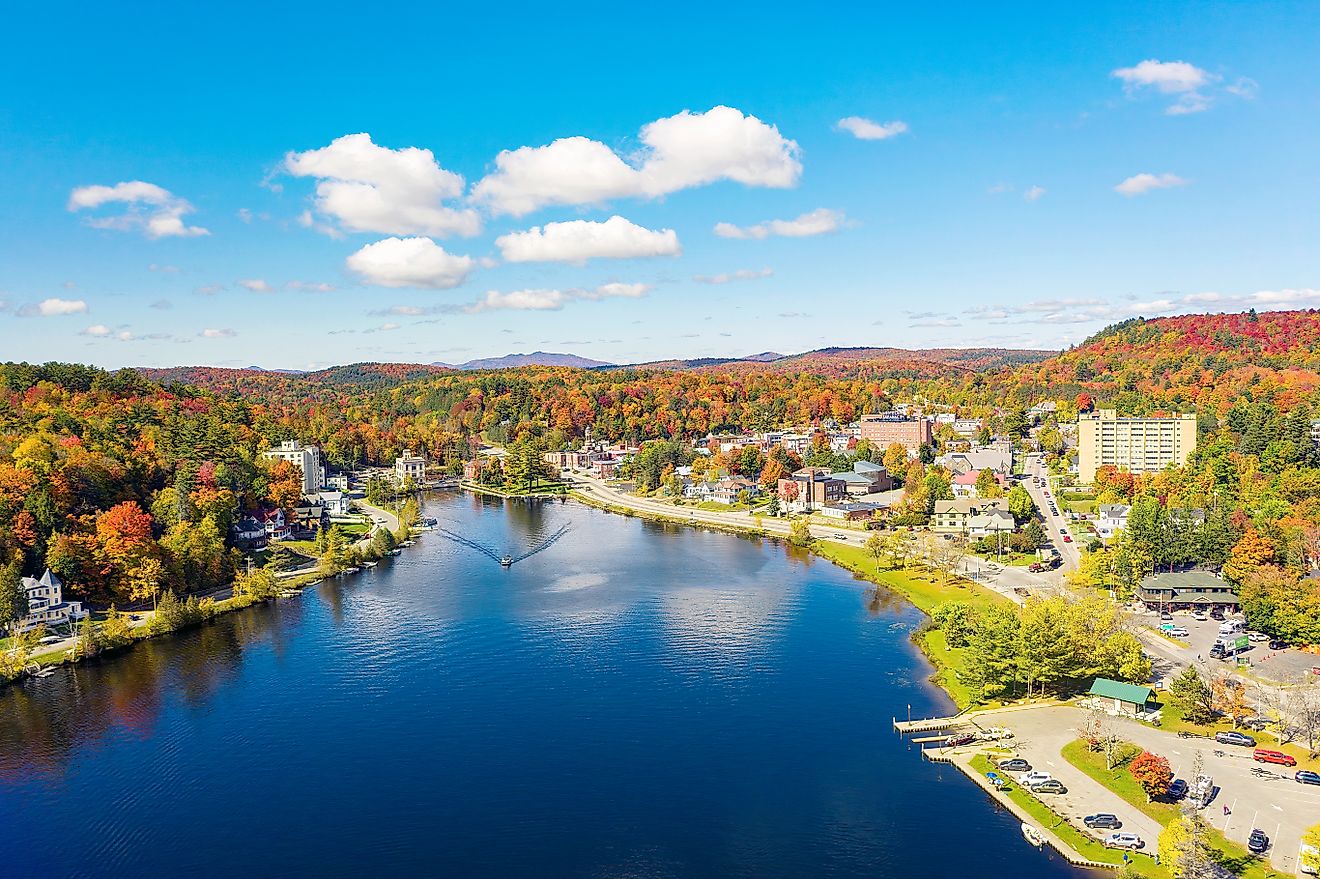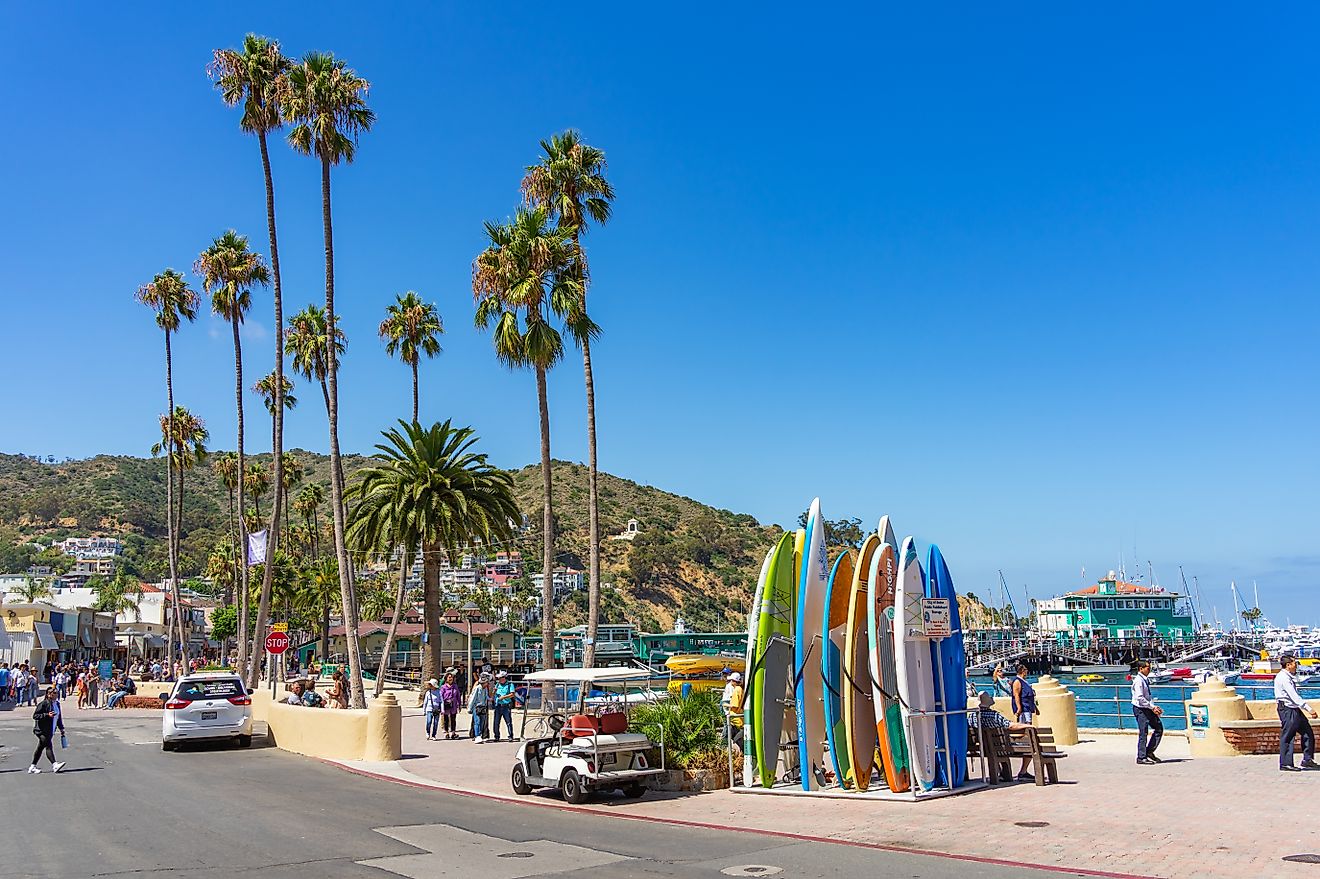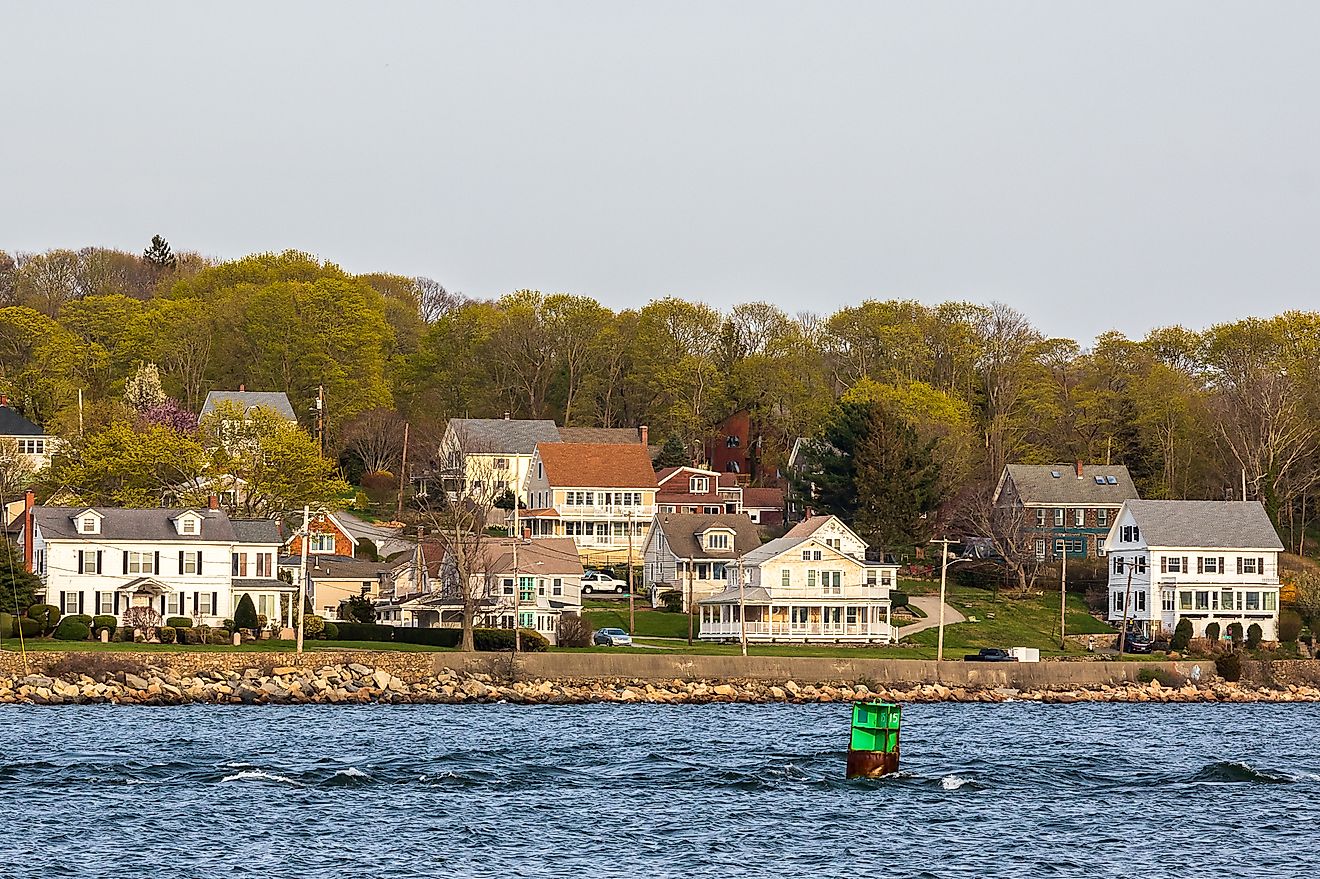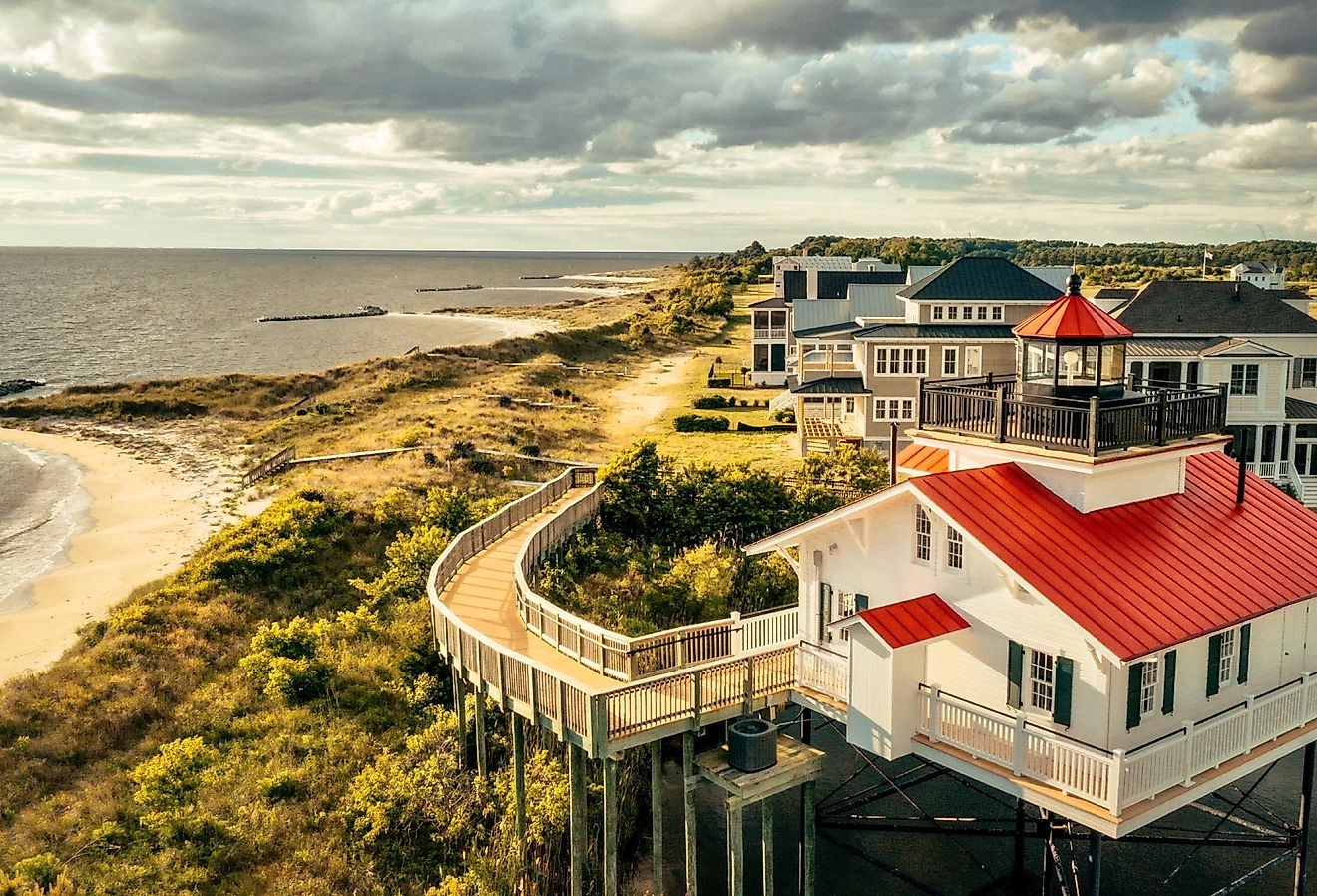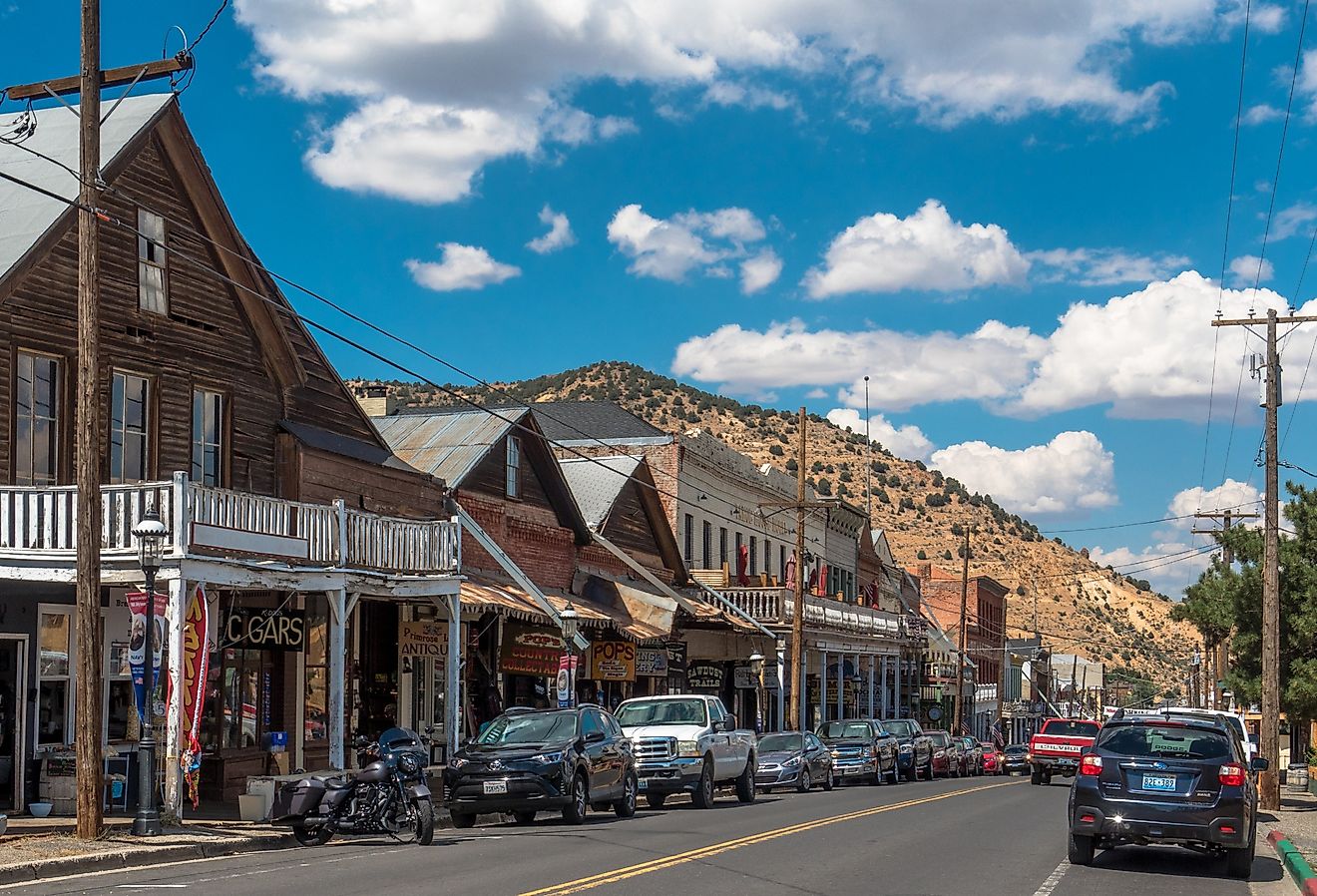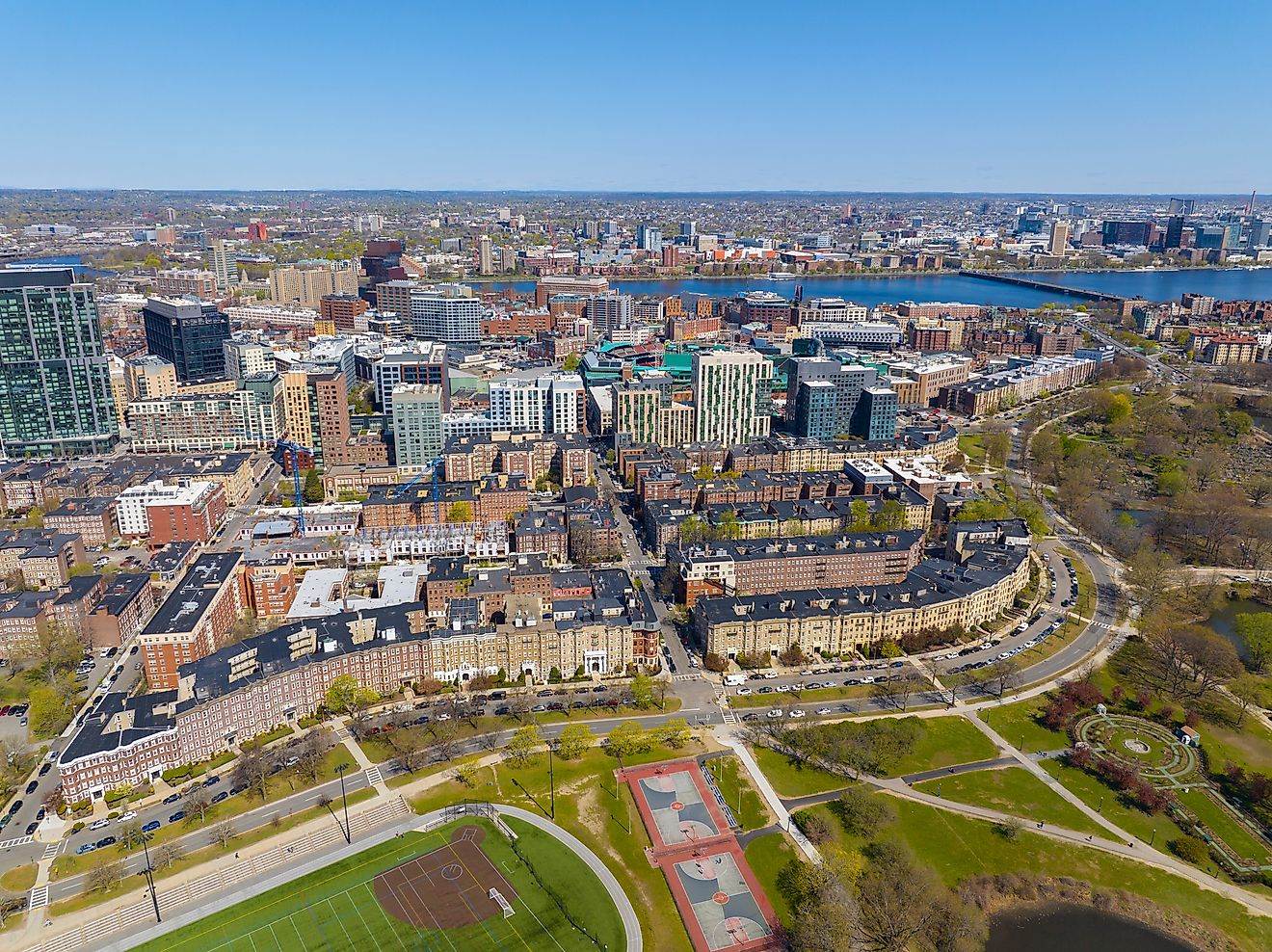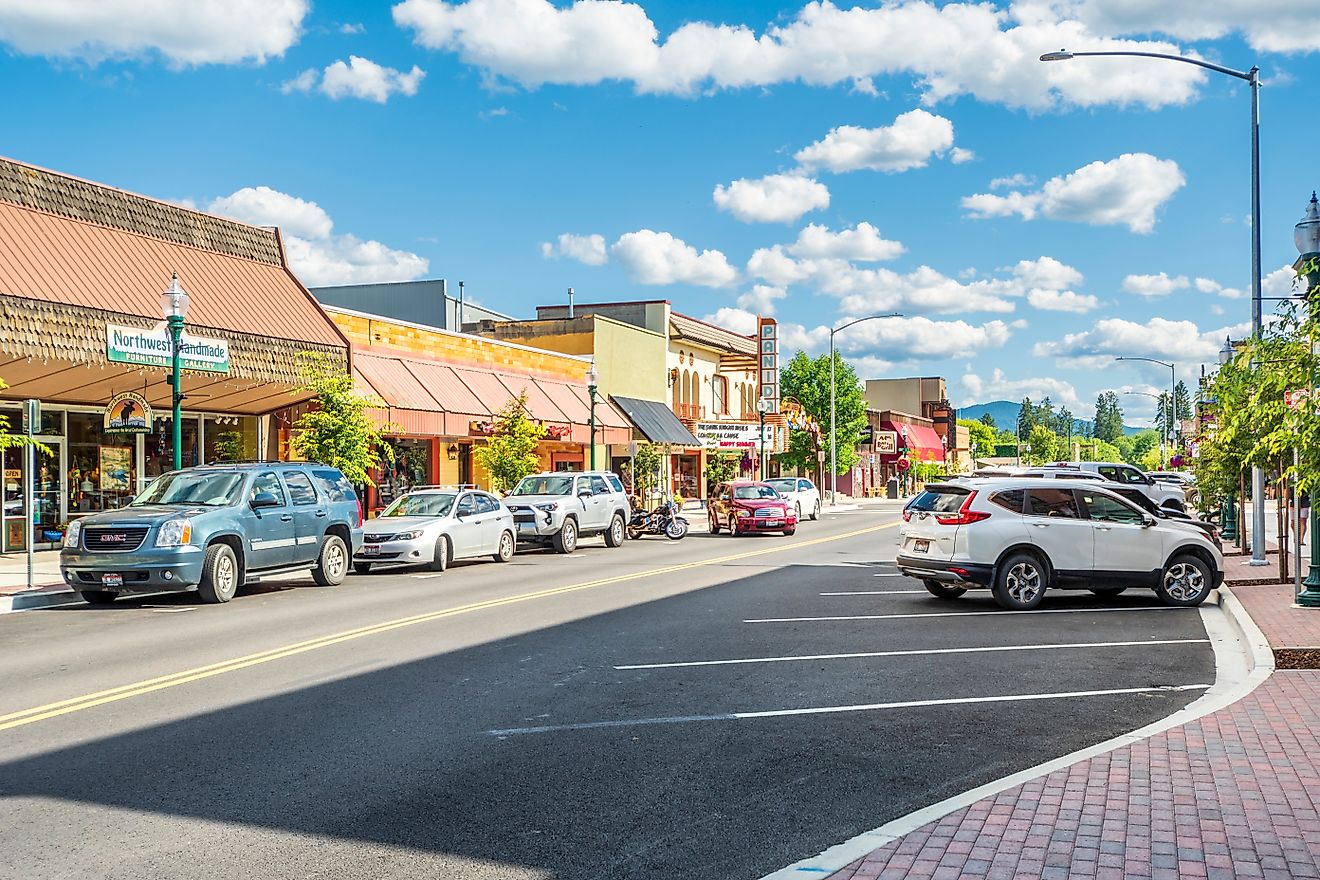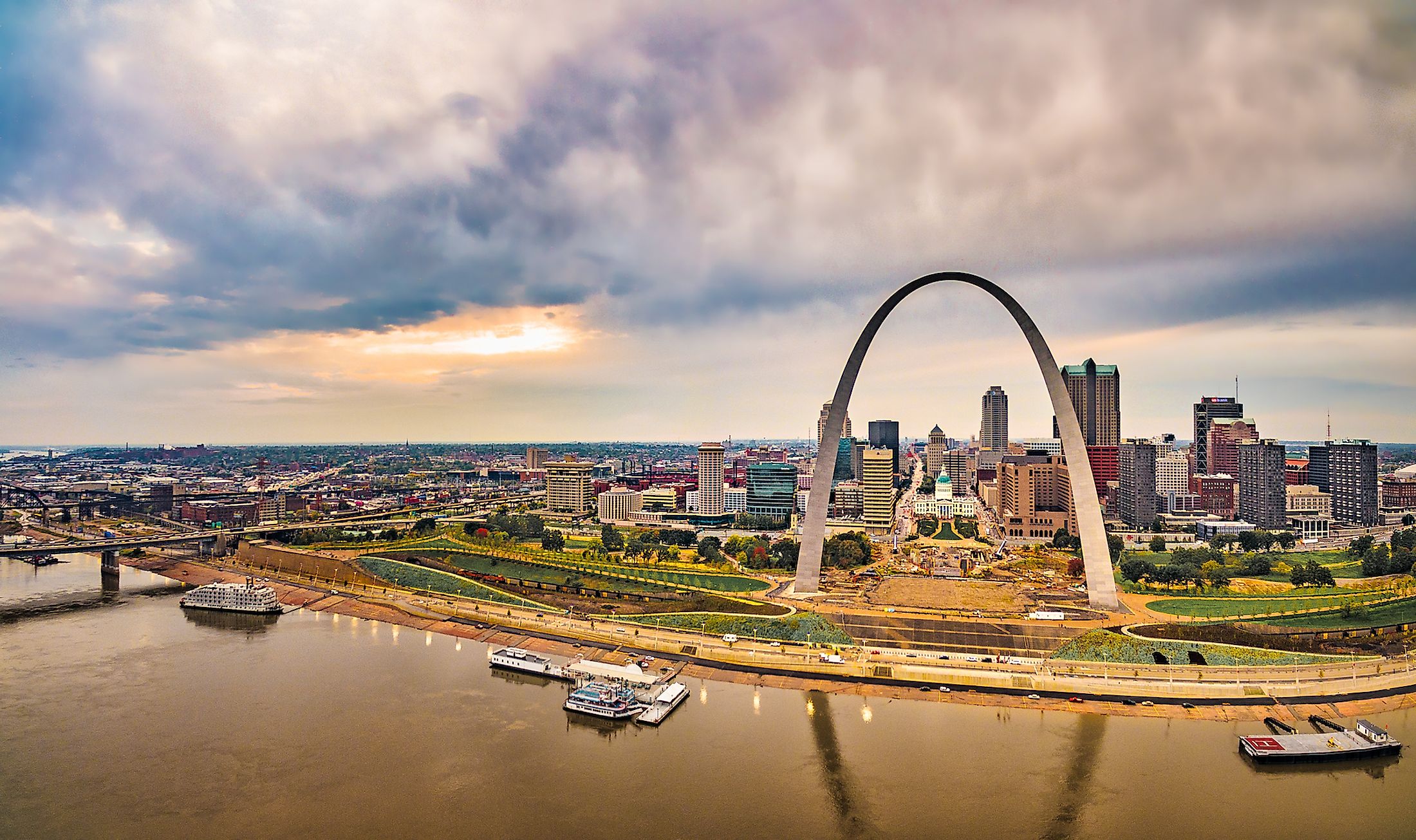
St. Louis, Missouri
St. Louis is the second-largest city in the US State of Missouri. It is adjacent to but independent of St. Louis County. The 192m Gateway Arch in Downtown St. Louis, the Missouri Botanical Garden, and the St. Louis Zoo are among the city's notable sights.
Geography Of St. Louis
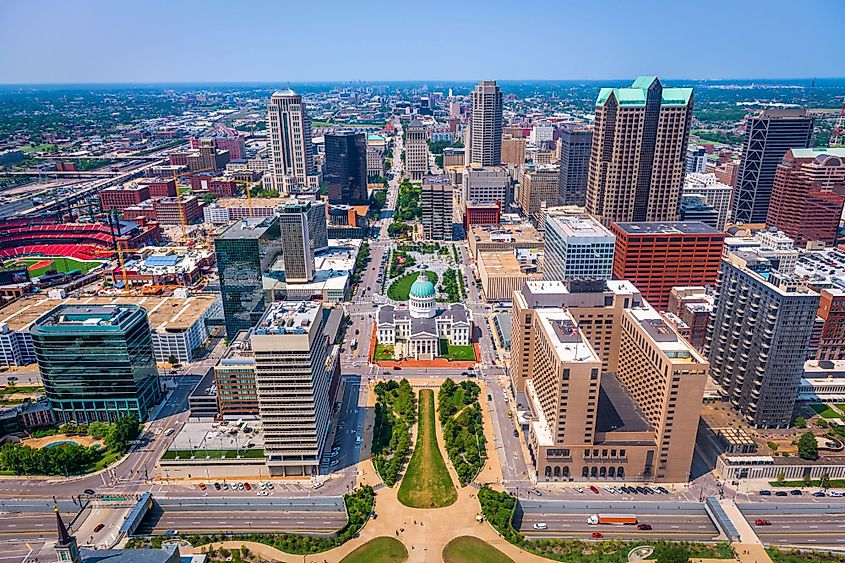
The city of St. Louis is situated on the western bank of the Mississippi River opposite East. Louis, Illinois, just south of the confluence of the Missouri River. According to the United States Census Bureau, the city covers a total area of 170.92 sq. km, of which 159.92 sq. km is occupied by land, and 11 sq. km is occupied by water. The River des Peres lies near the southern boundary of the city of St. Louis, separating it from St. Louis County. Most of River des Peres was confined to a channel or put underground in the 1920s and early 1930s. The lower section of the river was the site of some of the worst flooding of the Great Flood of 1993.
The Population Of St. Louis
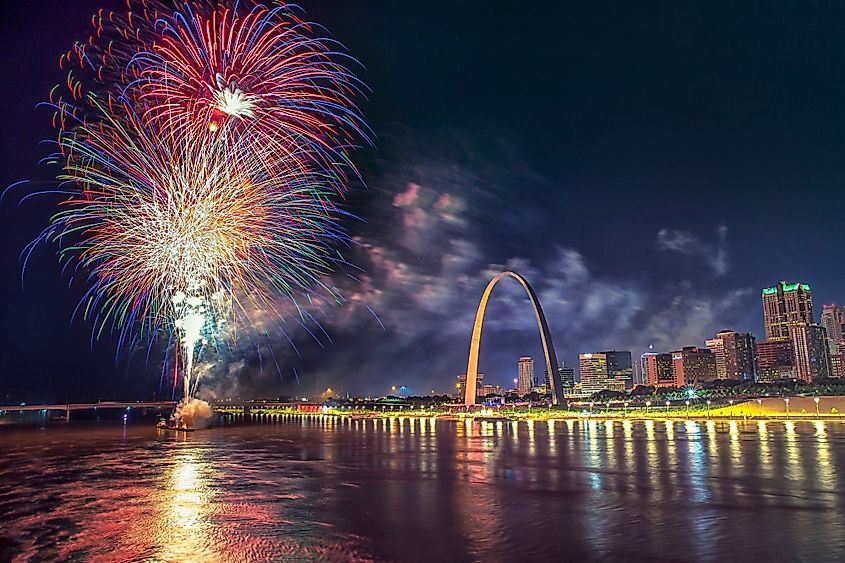
St. Louis, Missouri, enjoyed its highest population in the 1950s when it was home to a population of 857,000 inhabitants. Today it has a population of 292,047 people with a median age of 36.4 and a population density of 4,730 people per sq. mile. The city's population is currently declining at a rate of -0.96% annually. The largest ethnic groups in St. Louis are the non-Hispanic White representing 46.53% of the city’s population, followed by the Black or African Americans at 46.41%, Asians at 3.36%, and two or more races at 2.41%. The minor ethnic groups are other races at 0.97%, Native Americans at 0.26%, and Native Hawaiians or Pacific Islanders at 0.07%. As of 2019, 95.5% of St. Louis’s population were U.S. citizens, and around 7.38% were born outside of the country. The most common birthplace for foreign-born residents of Missouri is Mexico, followed by India and China. All households speak English at home as their primary language. In 2019, the largest universities by the number of degrees awarded were Saint Louis University, Ranken Technical College, and Barnes-Jewish College Goldfarb School of Nursing. The most popular majors in St. Louis are Registered Nursing and Pharmacy. The student population is skewed towards women, and the majority of graduating students are White, then comes Black or African American followed by Asian students.
The Economy Of St. Louis

The median household income in the city of St. Louis is $47,176, which is less than the median annual income of $65,712 across the United States. However, the income in St. Louis witnessed a 7.94% yearly growth since 2018, as it was $43,889. The economy of St. Louis employs around 51% of the city’s population in various industries, with the largest ones being Health Care & Social Assistance, Educational Services, and Retail Trade. The highest paying industries are Utilities, Scientific & Technical Services, and Information. The average car ownership rate is two cars per household.
Brief History Of St. Louis

The present area of St. Louis is located on a traditional, ancestral and unceded territory of the Illini Confederacy, which is a group of twelve Native American tribes in the upper Mississippi River valley. These twelve Native American tribes were Kaskaskia, Chepoussa, Tamaroa, Moingwena, Michigamea, Coiracoentanon, Cahokia, Peoria, Espeminkia, Chinkoa, Maroa, and Tapouara. The European explorers reached the region in the 17th century. It is believed that they were in tens of thousands of people at that time. The Grand Village of Illinois alone was home to around 20,000 people. By the mid-18th century, however, only five tribes remained: the Michigamea, Cahokia, Kaskaskia, Peoria, and Tamaroa.

The area that would be St. Louis has attracted Pierre Laclede Lisguest, recipient of a land grant from the King of France because it was not subject to flooding and was near the confluence of the Missouri and Mississippi Rivers. In 1764, Laclede, along with his 13-year-old scout, Auguste Chouteau, selected the site of St. Louis as a fur trading post. One year later, the construction of a village named in honor of Louis IX of France began and attracted mainly French settlers, many of whom were associated with the fur trade. In 1770, St. Louis was transferred to the Spanish only to be returned to France under a secret treaty with Napoleon. Following the Louisiana Purchase of 1803, St. Louis became a part of the United States. In 1876, St. Louis’s current boundaries were established when voters approved separation from St. Louis County. St. Louis experienced rapid growth, making it the nation’s fourth-largest city by the 1890s, and by 1900 was a major manufacturing center.

In 1904, the city of St. Louis hosted a World’s Fair: the Louisiana Purchase Exposition as well as the 1904 Olympic games that were held at Washington University’s Francis Field. More than 20 million people visited the city during the fair’s seventh-month run. Through the early 20th century, the city of St. Louis continued to industrialize and was home to the nation’s first gasoline station and first automobile accident. Thousands of African American people moved to St. Louis between World War I and World War II during the Great Migration, and the population exceeded 800,000 people by 1950. Urban renewal efforts and public housing development programs could not stem the tide of population loss and, in some cases, contributed to the decline. St. Louis’s population had fallen to around 450,000 by 1980.
Tourist Attractions In St. Louis
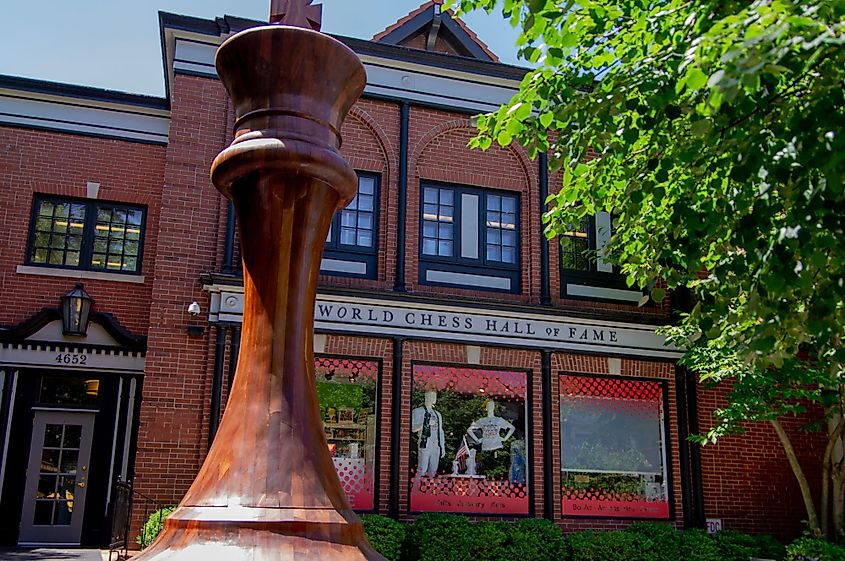
The city of St. Louis is best known for its 192 meters Gateway Arch, but the city offers more things and places to visit. In addition to the iconic attraction of the Gateway Arch, the city has a wide variety of restaurants, parks such as Forest Park and Creve Coeur Lake Memorial Park, and museums. Chess enthusiasts enjoy visiting the World Chess Hall of Fame.
Saint Louis Art Museum

Art lovers visit the Saint Louis Art Museum, located in Forest Park in the magnificent Fine Arts building, which finished construction in 1904. Although the modest beginning the museum had, it now holds a collection of 33,000 works of art from all continents.
The Magic House Children’s Museum
The Magic House Children’s Museum is one of the top family attractions in St. Louis. It is dedicated to educating children through over 100 interactive activities. The museum is located in the stately Victorian mansion. The building has undergone significant expansions since the museum’s opening in 1979 to offer nowadays 5,000 sq. meters of space where the children can play. The Van de Graaff generator is one of the most popular activities in the museum. It creates static electricity, making the hair stand up when touched. In addition to the generator, children enjoy the Oval Office, the Jack and the Beanstalk three-floors-high climber, the Courtroom, and the Legislative Chamber, where they engage in imaginative play.
